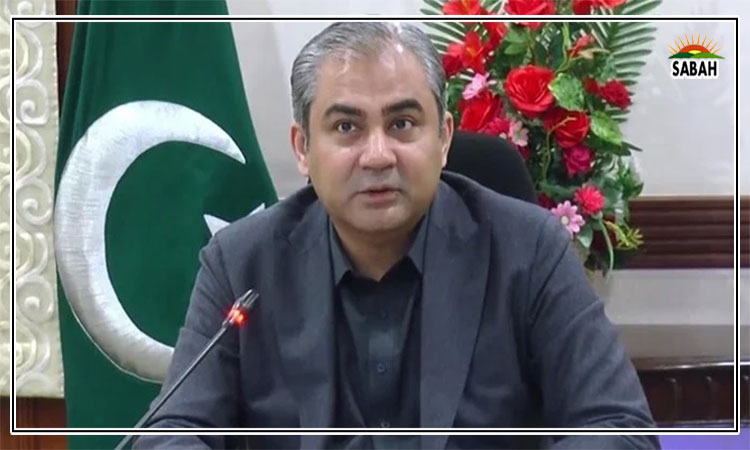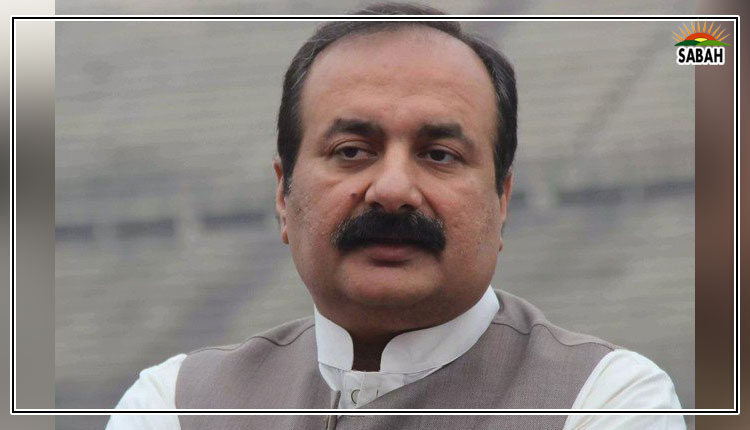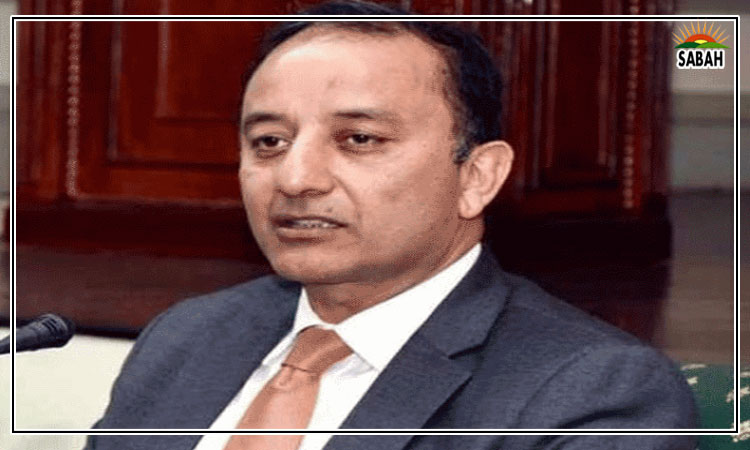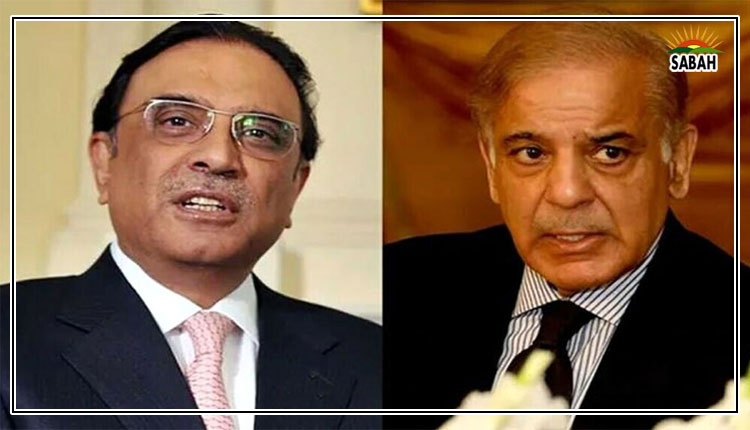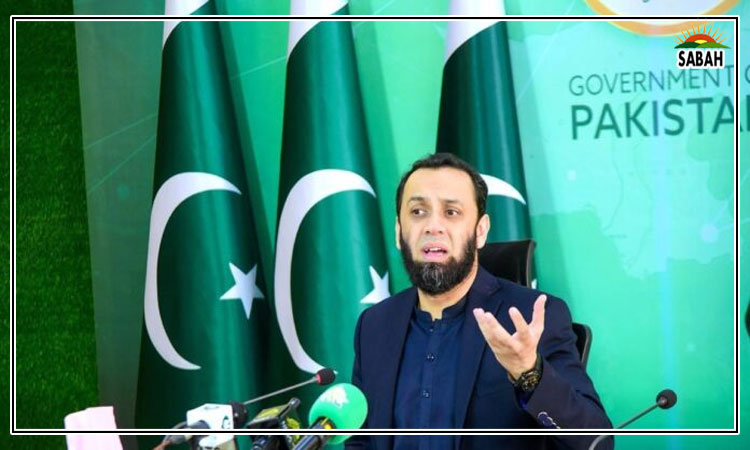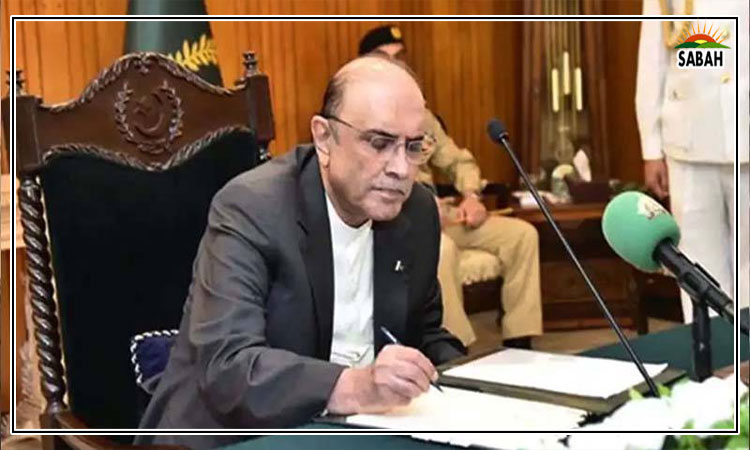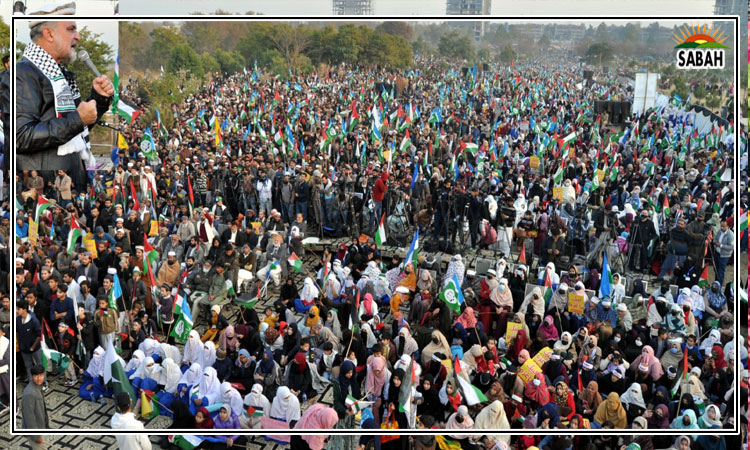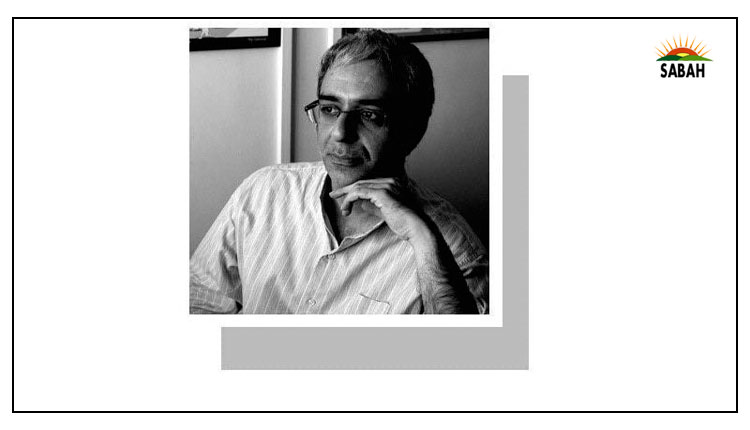A death foretold … Zarrar Khuhro
LIKE his life, Yahya Sinwar’s death was an act of resistance against seemingly unsurmountable odds. Born in 1962, in a refugee camp in Khan Younis to which his family had fled after being forced from their home in Ashkelon amidst the murders and massacres of the Nakba, Sinwar joined Hamas soon after its formation in 1987 and rose to lead its internal security wing.
It was a position in which he excelled, rooting out spies and collaborators, whom he disposed of with often brutal efficiency. It is perhaps a testament to the efficacy of the systems he set up that, despite the devastation of Gaza and the desperation of its people, Israel was unable to uncover any meaningful intelligence on his movements, or the movements of any other prominent Hamas leader in the Gaza Strip, for an entire year. When they did kill Sinwar it was, as per Israel’s own account, quite by chance.
Arrested in 1982 and then in 1988, he was to spend 23 years in an Israeli jail before being released, along with 1,046 other Palestinian detainees, in exchange for the freedom of Israeli soldier Gilad Shalit. It was likely that this experience provided at least part of the motivation for launching the Oct 7 attacks, in which some 250 Israelis were taken captive and moved to Gaza.
Prison also served as a training ground; years later Sinwar would remark to his supporters: “They wanted prison to be a grave for us, a mill to grind our will, determination and bodies … we turned the prison into sanctuaries of worship and academies for study.”
It was no idle boast: Sinwar spent his term studying Hebrew, a language he became fluent in, and also studying how Israeli security forces, and in particular the notorious internal security wing Shin Bet, worked. It was knowledge he was to put to deadly effect. On Israel’s hit list for years, Sinwar remained in the Gaza Strip, cementing his status as a fighter who remains with his people by posing in an armchair amidst the rubble of his house, which had been bombed in an attempt to assassinate him.
Ironically, the video of his last moments also shows him sitting in an armchair. Having engaged with, or been engaged by Israeli forces while moving above ground, Sinwar and his three bodyguards holed out in a building as Israeli forces approached. As per the Israeli account, Sinwar targeted the approaching troops with hand grenades, managing to seriously injure at least one of them. Unwilling to enter and engage, Israeli forces then called in a tank which fired at the building, seriously injuring Sinwar and shredding his right arm. Then they called in a drone strike. His bodyguards now dead, a critically injured Sinwar sat in an armchair with his face wrapped in a keffiyeh, as the Israeli drone video shows. With his one functioning arm, he threw a piece of wood at the approaching quadcopter in a last act of defiance, a singularly human act of resistance in the face of a tech-driven holocaust. Even then, it took a sniper shot at long range to finally kill him.
In death, he also exposed many Israeli lies: for over a year, Israeli media has dutifully reported every claim of Israeli intelligence as to Sinwar’s whereabouts as fact. We were told he had fled Gaza and was hiding in another country while his compatriots suffered. We were told that he was sheltering among Palestinian civilians in a refugee camp dressed as a woman, a fabrication that was also used to obliquely justify Israeli massacres. We were told that Israel had not targeted him yet because he was sheltering in a tunnel using Israeli hostages as human shields while wearing a suicide vest.
Instead, Sinwar was found on the front lines just a few metres away from the Israeli army’s operational area in Rafah, and by releasing the video of his final moments, Israel has done more to ensure that the legend of Sinwar survives than he could ever have imagined. Even those with Zionist sympathies have wondered why that decision was made, but to me it stems from the fundamental Israeli inability to understand the people they have been oppressing and decimating for nearly a century. If the Israeli intention was to show Sinwar’s helplessness and, by extension, the hopelessness of resistance, then they have achieved the exact opposite. If they thought that eliminating Sinwar would eliminate his movement, then that shows that they have not understood that resistance is not a function of leadership as much as it is a function of oppression; so long as the one exists, so too will the other.
As for Sinwar, this is the ending he wanted. In an interview, he once remarked “The greatest gift Israel can give me is to assassinate me … I prefer to die a martyr from an F-16 than to die of coronavirus or a stroke or a heart attack.”
Courtesy DAWN


